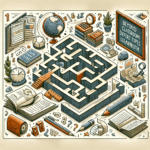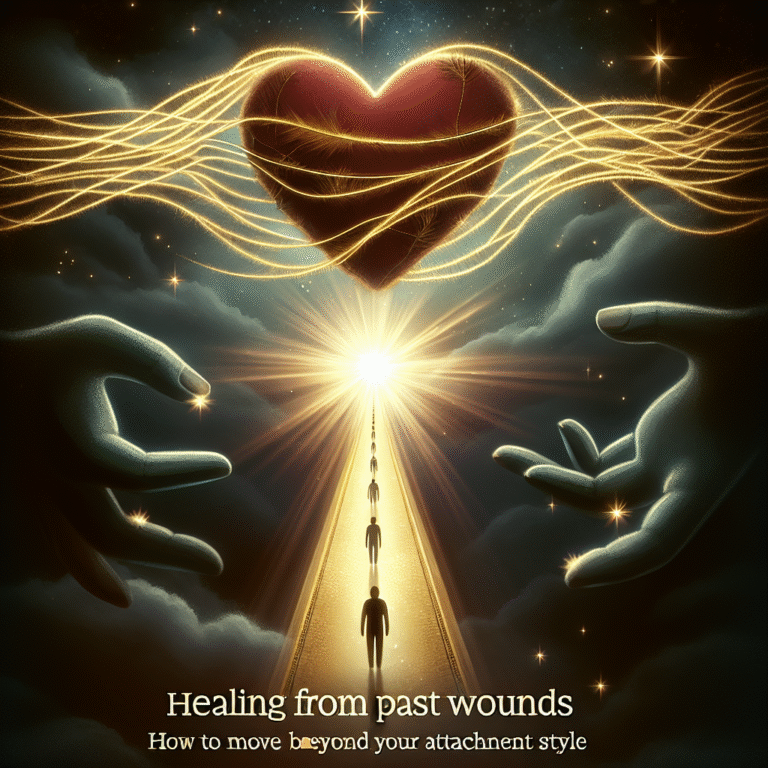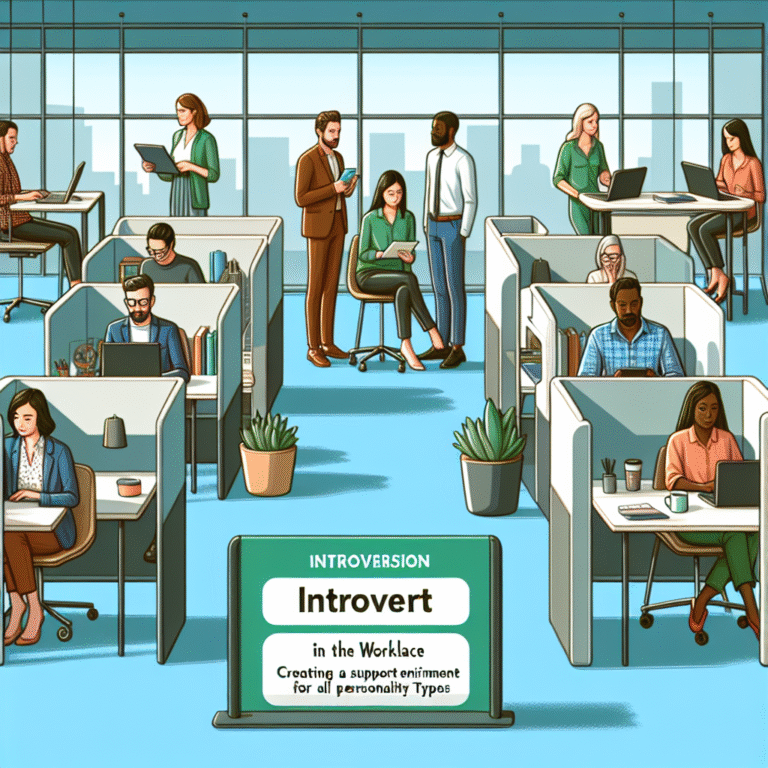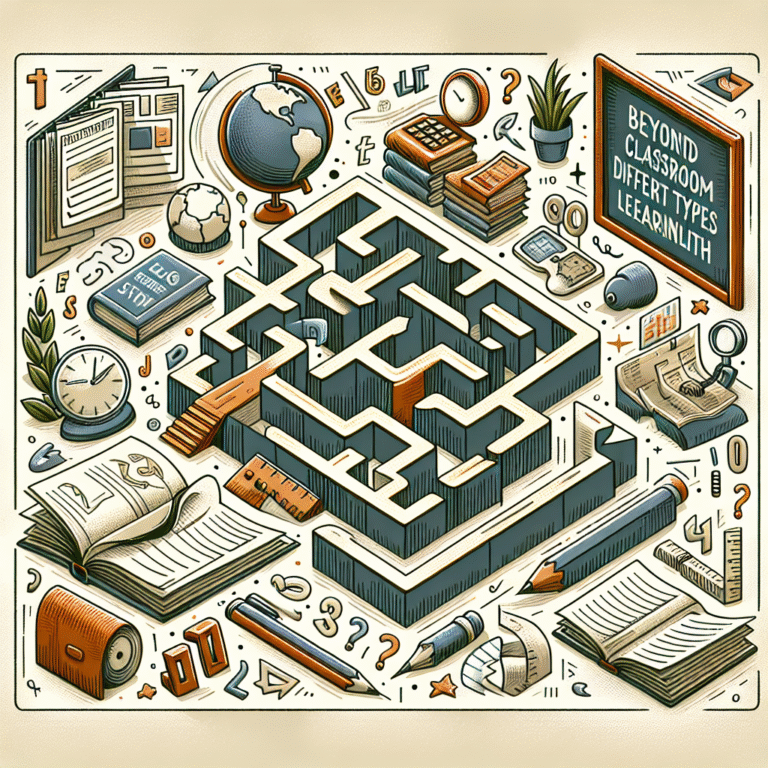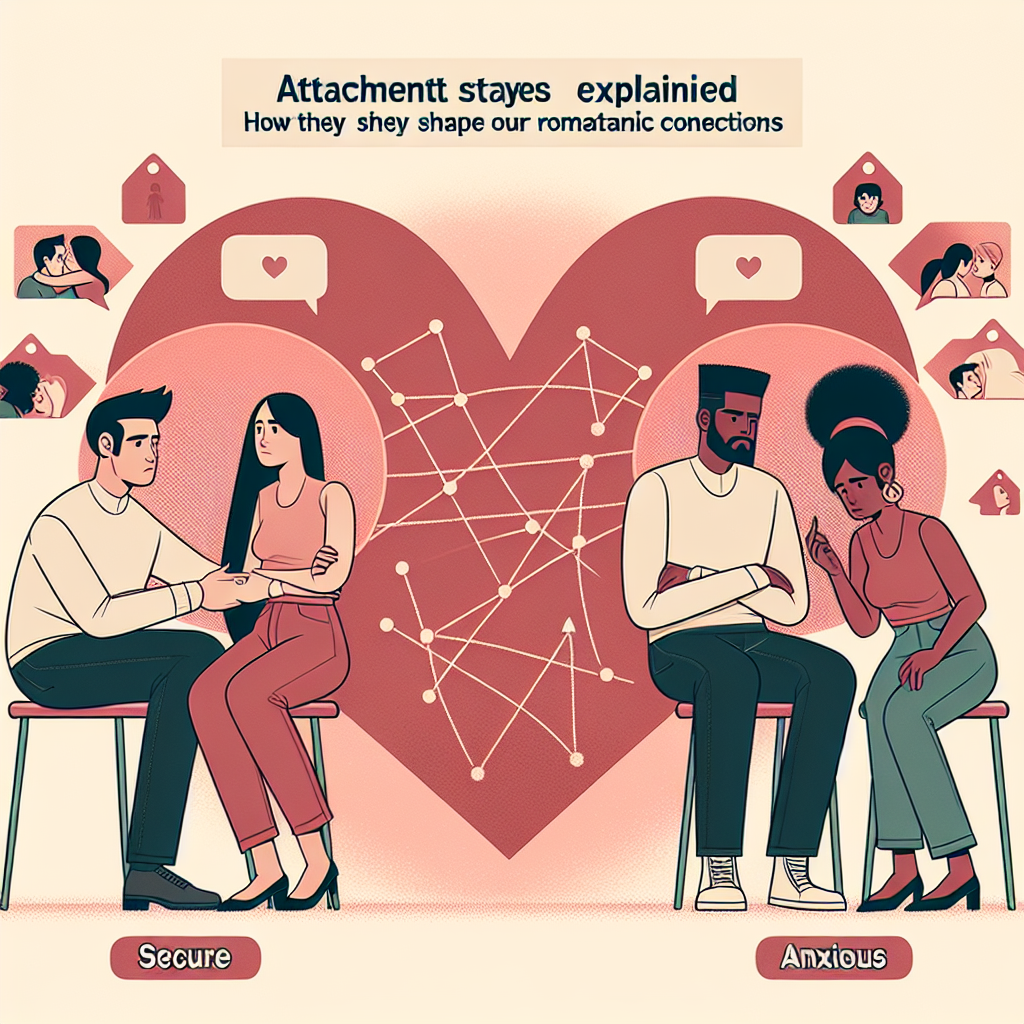
Introduction
Have you ever wondered why some relationships seem effortless while others are fraught with misunderstandings and heartache? The answer might lie in the complex interplay of attachment styles. Understanding these styles is essential for anyone seeking to improve their romantic connections. After all, healthy, fulfilling relationships are built on a foundation of emotional understanding and security. In this article, we will delve into Attachment Styles Explained: How They Shape Our Romantic Connections, exploring the different types of attachment styles and how they influence our interactions in love.
What Are Attachment Styles?
Attachment styles are psychological patterns that dictate how individuals behave in relationships. Rooted in early childhood experiences, these styles are formed through interactions with primary caregivers. The seminal work of psychologist John Bowlby and his research on attachment theory laid the groundwork for understanding how these styles affect adult relationships.
There are four primary attachment styles:
- Secure Attachment
- Anxious Attachment
- Avoidant Attachment
- Disorganized Attachment
Let’s explore each of these styles in detail.
Secure Attachment: The Foundation of Healthy Relationships
Individuals with a secure attachment style are generally comfortable with intimacy and are able to balance closeness with independence. They are not afraid to express their feelings and are open to sharing their thoughts with their partners. People with secure attachment tend to have higher self-esteem and better emotional regulation.
Case Study: Consider Sarah and Jake, a couple who openly communicate about their feelings and conflicts. They navigate disagreements by trying to understand each other’s perspectives, allowing them to strengthen their bond. Their secure attachment fosters resilience in the face of challenges, making their relationship more harmonious.
Key Features of Secure Attachment:
- Open communication
- Trust and reliability
- Emotional availability
Anxious Attachment: The Pursuit of Closeness
Individuals with anxious attachment often crave intimacy but may feel insecure about their partner’s love. They tend to exhibit clinginess and fear of abandonment, leading to behaviors such as excessive texting or worrying about their partner’s whereabouts. This style is often rooted in inconsistent caregiving during childhood.
Case Study: Emily, who has an anxious attachment style, often finds herself feeling neglected when her boyfriend, Rob, is busy with work. She frequently texts him, seeking reassurance of his love, but ends up feeling more anxious if he takes time to respond. This cycle of worry can strain their relationship, highlighting the importance of addressing emotional needs.
Key Features of Anxious Attachment:
- Preoccupation with relationships
- High sensitivity to partner’s signals
- Fear of abandonment
Avoidant Attachment: Keeping Distance
In contrast, those with avoidant attachment often distance themselves from emotional intimacy. They value independence highly and may feel suffocated by their partner’s need for closeness. This behavior can be traced back to childhood experiences where emotional needs were not met consistently.
Case Study: Mark often pushes away his girlfriend, Lily, when she seeks deeper emotional connections. He equates vulnerability with weakness and prefers to keep his distance. This avoidance creates conflicts in their relationship, as Lily feels rejected and confused by his reluctance to open up.
Key Features of Avoidant Attachment:
- Distancing behavior
- Difficulty with emotional closeness
- Valuing independence over intimacy
Disorganized Attachment: A Chaotic Dance
The disorganized attachment style, often stemming from traumatic experiences in childhood, is characterized by a mix of anxious and avoidant behaviors. Individuals with this style may seek closeness but simultaneously fear it, leading to erratic emotional responses.
Case Study: Alex, who has a disorganized attachment style, finds himself engulfed in anxiety when his partner, Zoe, wants to discuss their future. He oscillates between wanting to pull away and desperately wanting her reassurance, leaving her bewildered by his behaviors.
Key Features of Disorganized Attachment:
- Erratic emotional responses
- Fear of intimacy
- A blend of anxious and avoidant traits
How Attachment Styles Impact Romantic Relationships
Understanding how these attachment styles shape our romantic connections can lead to healthier, more fulfilling interactions. Each style influences how we communicate, resolve conflicts, and build intimacy.
Communication Styles and Attachments
Each attachment style inherently shapes our communicative behavior. Secure individuals express their needs openly, while anxious individuals might seek constant reassurance. Conversely, avoidant individuals may minimize discussions about feelings, leading to frustrations within the relationship.
Table 1: Communication Styles by Attachment Type
| Attachment Style | Communication Patterns | Potential Issues |
|---|---|---|
| Secure | Open, honest discussions | Minimal issues in communication |
| Anxious | Frequent need for reassurance | Misunderstandings |
| Avoidant | Limited emotional sharing | Conflicts due to lack of connection |
| Disorganized | Erratic, inconsistent communication | High levels of misinterpretation |
Conflict Resolution
Conflict is a natural part of any relationship, but attachment styles heavily influence conflict resolution strategies. Those with secure attachments handle disputes constructively, while anxious individuals may become overly emotional, and avoidant types often withdraw, making resolution difficult.
Case Study: During a disagreement, Tom and Susan, both secure attachment individuals, calmly share their perspectives and empathize with each other’s feelings. Their ability to navigate conflicts strengthens their relationship. In contrast, when Danny, who has an avoidant attachment style, experiences a conflict, he tends to shut down, leaving his partner, Grace, feeling unheard and frustrated.
Intimacy and Vulnerability
Intimacy in relationships can flourish when secure attachments are present. Anxious individuals might struggle to feel secure enough to be vulnerable, while avoidant types often resist vulnerability altogether, causing friction.
Case Study Review: In exploring their relationship, Jess, who has a secure attachment, encourages her partner, Ryan, who has an anxious attachment style, to express his feelings. This openness fosters vulnerability, helping Ryan feel secure in their bond, demonstrating how attachment styles can shape the levels of intimacy in a relationship.
Practical Insights: Moving Towards Secure Attachment
While our early experiences shape our attachment styles, change is possible. Here are steps toward fostering a more secure attachment style:
Self-Awareness: Recognize your attachment style and its impact on your relationships.
Open Communication: Practice discussing feelings with your partner openly.
Build Trust: Establish reliability in your relationship by being consistent and supportive.
Seeking Professional Guidance: Therapy can be beneficial in understanding and reshaping attachment styles.
- Practice Vulnerability: Gradually open up to your partner about your fears and desires.
Conclusion
The nuances of attachment styles profoundly influence our romantic connections. Understanding Attachment Styles Explained: How They Shape Our Romantic Connections illuminates the often unspoken patterns that dictate our behavior in love. By recognizing our own style and that of our partners, we can pave the way for healthier, more fulfilling relationships. As you embark on this journey of self-discovery and relational growth, remember: the path to secure attachment begins with awareness, communication, and the courage to embrace vulnerability.
FAQs
1. What is an attachment style?
An attachment style refers to the pattern of behavior and emotional responses that individuals exhibit in their relationships, primarily shaped by early caregiving experiences.
2. How can I determine my attachment style?
You can determine your attachment style by reflecting on your relationship behaviors and patterns, or by taking validated quizzes that assess attachment.
3. Can attachment styles change over time?
Yes, attachment styles can evolve through experiences, relationships, and self-awareness practices, especially with intentional effort.
4. What can I do if my partner has a different attachment style?
Open communication and understanding are crucial. Discuss each other’s needs and fears and seek to meet in the middle.
5. Why is understanding attachment styles important?
Understanding attachment styles can lead to healthier relationships by providing insights into behaviors, improving communication, and fostering emotional connections.
By exploring the intricacies of attachment styles, you hold the key to enriching your romantic relationships and establishing lasting emotional connections.
